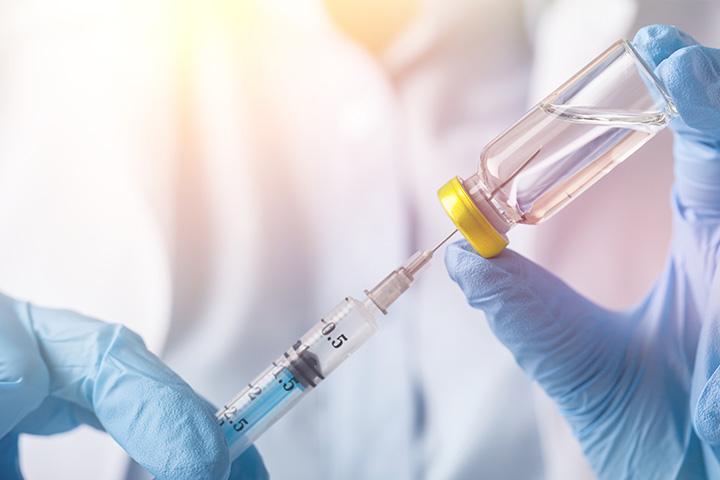Synthetic vaccine materials to replace animal products
Synthetic vaccine materials to substitute materials sourced from shark livers have been created in a UK-US collaboration.

The team from the University of Nottingham and the Access to Advanced Health Institute (AAHI) claim it could make vaccines more accessible, sustainable and ethical.
Adjuvants are vaccine ingredients that boost a person’s immune response to a vaccine – one of the most prevalent is squalene, typically from shark livers.
The synthetic adjuvant materials have been developed from commercially available methacrylate monomers, so a reliable supply would be available.
The researchers have found that squalene emulsions are physically stable for less than three months at 40°C, but the synthetic alternatives produce emulsions that remain physically stable for up to 18 months at the same temperature and cause an innate immune response when tested with human cells.
Derek Irvine, Professor of Materials Chemistry at Nottingham, has a great deal of experience combining high-through-put materials screening using machine learning, with previous experience in biofilm resistance and wound healing.
Along with AAHI, materials were screened with testing protocols that required 10ml of test material for each assay. Irvine explains that this is why they focused on a commercially available monomer.
Initially, they started by using isoprene. 'A key aim was to develop a system that could be rapidly scaled up to allow multi-kilogramme synthesis of these adjuvant systems to be achieved, for roll-out into vaccine testing,' notes Irvine.
He highlights that as the materials already qualify for polymer exemption from many regulatory tests, it was hoped they would minimise the delay and cost of translating a final clinically used solution.
The group says that the combination of these adjuvant materials is scalable through catalytic chain transfer polymerisation – which enables high levels of control over the molecular weight of the product polymer. Controlling the molecular weight is key as it enables purification in manufacturing and optimises biological responses.
This catalytic chain transfer 'allows us to reliably control the molecular weight of a polymer to specific lengths', says Irvine.
They end the growth of one chain prematurely, while starting another. Irvine says that conventional chain transfer agents (CTA) only engage in one chain transfer event, and there is often a lower limit to the chain lengths. He points out that these catalytic chain transfer agents can conduct many chain transfer steps, resulting in a lower molecular weight of only parts per million of the CTA unit needed – potentially removing/minimising further purification.
Regarding the prolonged shelf-life, Irvine notes that this was the second key goal of the project due to AAHI’s focus on healthcare solutions for emerging nations where cold storage and refrigerated transportation is less readily available. 'Thus, increasing the stability of the emulsions that were produced was a major step on the way to broadening their potential geographical deployment.'
The team now plans to test their adjuvant with different vaccines and have filed a patent application. Irvine adds that he has already made similar products at the 100kg scale by this catalytic chain transfer polymerisation technology in industry. They aim to conduct work with other molecular structures as the basis of subsequent publications and patent applications.







